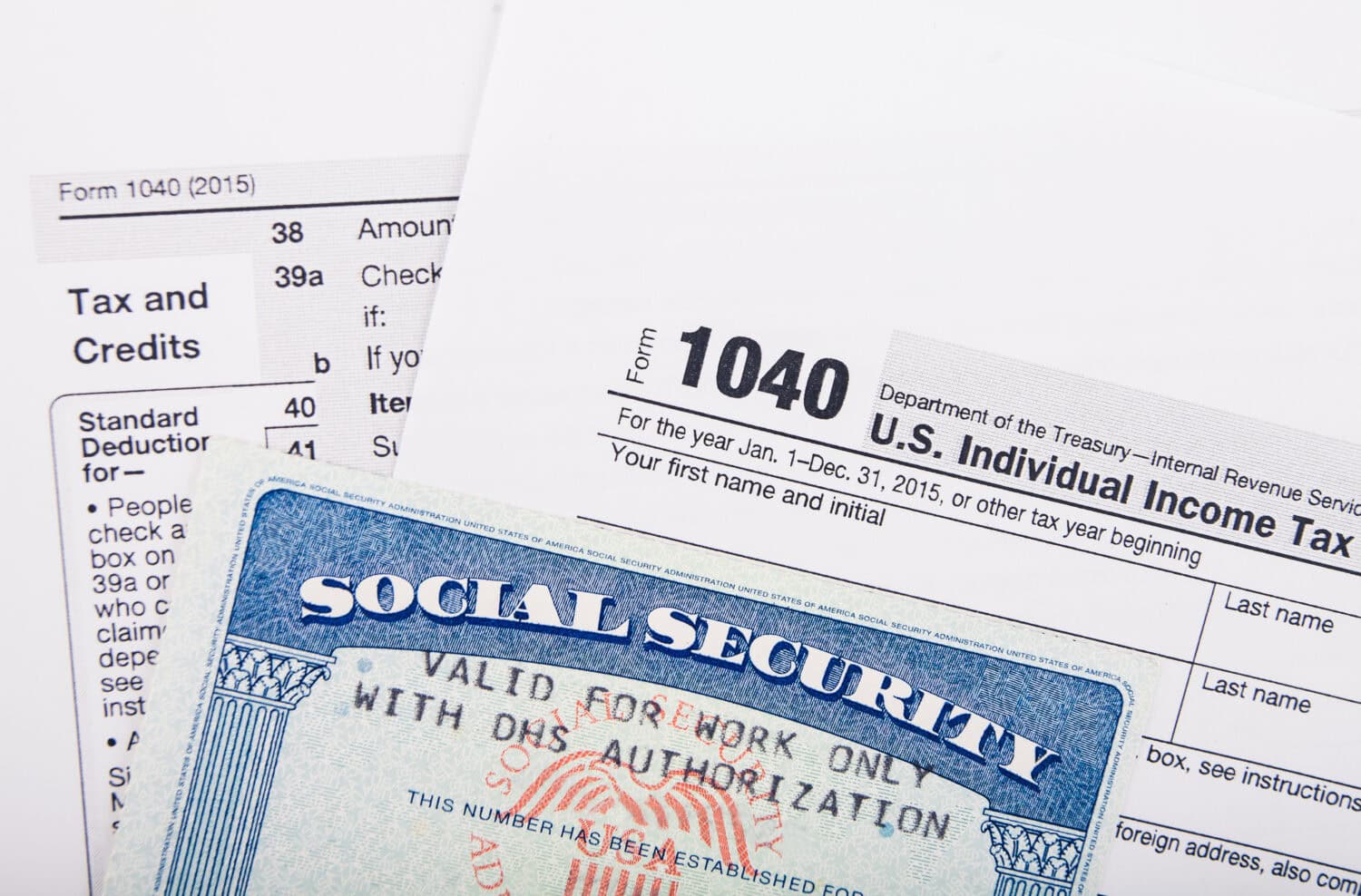Personal Finance
Retiring Soon? Here's What to Know About Your Social Security Payouts, Coming in 2025

Published:

With the 2025 social security cost-of-living adjustment (COLA) now confirmed at 2.5%, there’s a mix of relief and concern among seniors regarding this year’s adjustment and what it may signal for future increases in 2026 and beyond.
Experts predicted a 2.5 percent increase for the 2025 COLA, which was officially announced this week. This adjustment is lower than last year’s 3.2% increase, reflecting slower inflation.
Of course, a lower rate of inflation is generally good for everyone, so there’s an argument to be made that these lower annual adjustments are likely a good thing. And with inflation expectations remaining anchored at lower levels, a number of top experts believe future adjustments could likely remain at 2.5 percent as inflation continues to cool.
Let’s take a closer look at what retirees can expect from their monthly SSA checks next year.

Each and every year, the Social Security Administration (SSA) provides a cost of living adjustment to seniors to right-size the distributions those on fixed income receive. However, unlike typical raises from a corporation based on performance and productivity, these increases are more closely tied to inflation. The SSA uses third quarter inflation numbers to calculate these increases, which have been much more volatile in recent years as inflation spiked.
In fact, two years ago, the COLA sensors received came in at more than 8%. Thus, inflation isn’t just costly for consumers – it’s a tax on government spending programs such as social security. So, there are many forces at play looking to bring inflation down and bring these COLAs lower.
Historically, from 1940 to 1974, adjustments were inconsistent, with no changes in the 1940s and only 11 COLAs enacted by Congress over the next 25 years. However, adjustments have become ever-more important for seniors in recent years as specific costs (for goods in sectors like healthcare and insurance) continue to rise at a rapid rate. Accordingly, many believe that future adjustments, even if small, will continue to be put forward, considering seniors make up a large percentage of the voting public and it’s all about votes at the end of the day for lawmakers.
This year’s third quarter Consumer Price Index for Urban Wage Earners and Clerical Workers (CPI-W) came in at 2.5%, which is where the COLA has now been finalized. Many believe future adjustments will stay modest as inflation continues to cool.

The Senior Citizens League (TSCL) initially projected a modest 1.4% COLA for 2025, but this has now been revised to the confirmed 2.5%. This year’s 2.5% increase is historically high compared to the last decade’s average increase of around 1%, providing about $48 more per month for the average retiree.
Unfortunately for those bemoaning a 2.5% increase, that’s actually historically high over the past 15 years. Based on how CPI is calculated, seniors have seen an increase of around 1% annually over the past decade, a number that’s ticked higher of late due to the recent inflationary surge we’ve all seen. But the reality is that this 2.5% increase should amount to around $48 more per month for the average retiree, while workers with disabilities and survivor benefits are projected to receive increases between $38 and $39 per month.
That’s something, but it’s really not much to write home about. Essential costs like shelter and medical care continue to climb, so as the saying goes – cash will be king in retirement, or at least the ability to turn investments into cash. Those nearing retirement may want to focus on making outsized contributions to their savings plans in advance of taking distributions, given the reality that most households will need to supplement their social security checks in retirement to live comfortably.

Moving past 2025, estimates of how cost of living adjustments could change vary wildly, and that’s based on expectations of longer-term inflation.
I’m not going to make predictions on this front, but I will reiterate commentary from most Federal Reserve officials – the Fed has highlighted their intention of bringing down inflation to their 2% target repeatedly. And with inflationary numbers in certain European countries already below 2%, I do think it’s entirely possible that this number could be hit sooner than later.
Thus, I think retirees or those about to retire certainly need to price in a future scenario where increases to social security checks are limited further. Planning for the worst can allow seniors to live their best lives, with any additional increases above 2% seen as icing on the cake. Unfortunately, that appears to be the situation we’re in now.
Are you ahead, or behind on retirement? For families with more than $500,000 saved for retirement, finding a financial advisor who puts your interest first can be the difference, and today it’s easier than ever. SmartAsset’s free tool matches you with up to three fiduciary financial advisors who serve your area in minutes. Each advisor has been carefully vetted and must act in your best interests. Start your search now.
If you’ve saved and built a substantial nest egg for you and your family, don’t delay; get started right here and help your retirement dreams become a retirement reality.
Thank you for reading! Have some feedback for us?
Contact the 24/7 Wall St. editorial team.